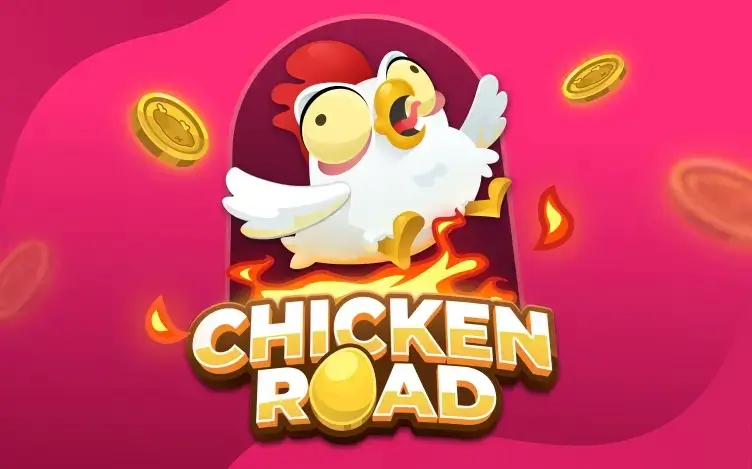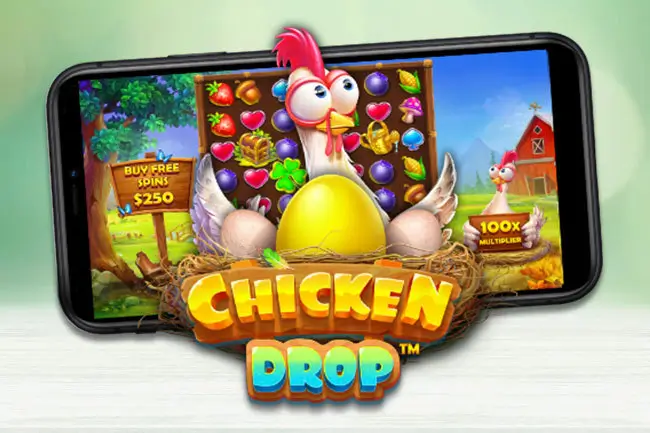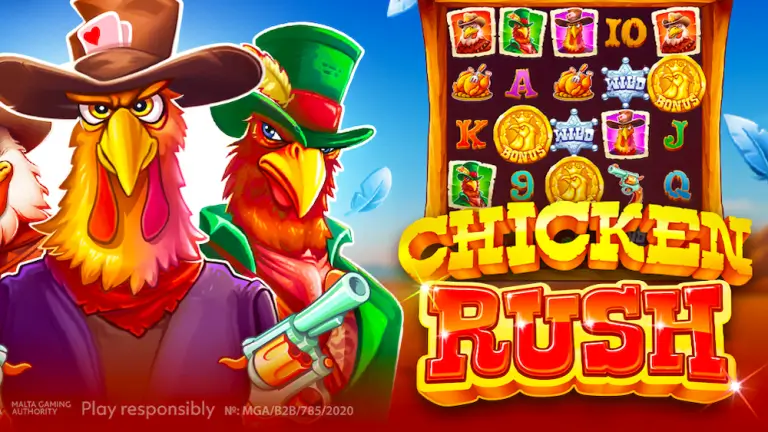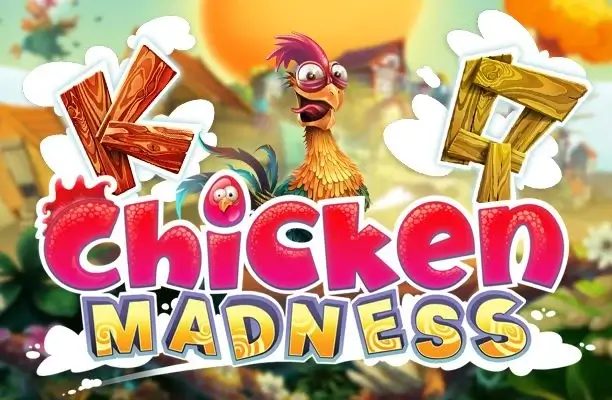The mobile gaming landscape has witnessed yet another phenomenon, but this time it comes with feathers, beaks, and an irresistible urge to guide our fine-feathered friends across increasingly dangerous roads.
When I first heard about Chicken Road three months ago, I’ll admit I was skeptical. Another endless runner? Another casual mobile game trying to cash in on nostalgia? Boy, was I wrong. After spending countless hours with this delightful little gem – and I mean countless, much to my editor’s chagrin – I can confidently say that Chicken Road represents everything right about modern mobile gaming. It’s simple enough for your grandmother to pick up, yet complex enough to keep seasoned gamers coming back for “just one more attempt.”
The game’s premise couldn’t be simpler: help chickens cross busy roads, rivers, and various obstacles to reach safety. Sound familiar? It should. But what the talented team at Feather Studios has accomplished here goes far beyond mere homage. They’ve crafted something genuinely special, a game that respects your time while delivering pure, unadulterated fun. And judging by the numbers, I’m not alone in this assessment.
Mobile Game Surpasses 10 Million Downloads in First Month, Beating Industry Expectations
The statistics speak for themselves, and frankly, they’re staggering. Chicken Road hit 10 million downloads within its first 30 days on both iOS and Android platforms – a feat that typically takes established franchises months or even years to achieve. But here’s the kicker: they did it with virtually no paid advertising during the launch window. That’s organic growth at its finest, folks.
I’ve been covering mobile games for over eight years now, and I can count on one hand the number of titles that have achieved this level of immediate success without massive marketing budgets behind them. The last time I saw numbers like these was when Among Us exploded during the pandemic, though that took significantly longer to build momentum. Chicken Road’s trajectory has been nothing short of meteoric.
What makes these numbers even more impressive is the competitive landscape they’re entering. The mobile gaming market is absolutely saturated with casual games, each fighting tooth and nail for user attention. Yet somehow, Chicken Road managed to cut through the noise and capture the collective imagination of players worldwide. The app stores’ algorithms clearly took notice too, pushing the game to featured spots across multiple categories.
The regional breakdown is particularly fascinating. While North America and Europe predictably dominate the download charts, the game has found surprising success in markets like Brazil, India, and Southeast Asia. This global appeal suggests that Feather Studios has tapped into something truly universal – the simple joy of helping cute animals navigate dangerous situations. There’s something deeply human about that impulse, isn’t there?
Simple Yet Challenging Gameplay Formula Proves That Classic Concepts Still Dominate App Stores
Let me paint you a picture of my first Chicken Road session. I downloaded the game during my morning coffee break, thinking I’d give it a quick five-minute test run for this review. Two hours later, I was still glued to my phone, desperately trying to guide a particularly stubborn rooster across a six-lane highway while dodging logging trucks and race cars. My coffee had gone cold, my editor was sending increasingly frantic messages, and I couldn’t have cared less.
The genius of Chicken Road lies in its beautiful simplicity. You tap to move forward, swipe left or right to change lanes, and pray to whatever gaming gods you believe in that you’ve timed everything correctly. There are no complicated control schemes to master, no skill trees to navigate, no premium currencies to manage. Just you, a chicken, and the open road. It’s gaming distilled to its purest essence.
But don’t mistake simplicity for lack of depth. Oh no, this game has layers. The early levels lull you into a false sense of security with their gentle traffic patterns and forgiving timing windows. Then, gradually, almost imperceptibly, the difficulty ramps up. Suddenly you’re dealing with multiple lanes of traffic moving at different speeds, trains that appear with minimal warning, and rivers filled with logs that seem to have a personal vendetta against poultry.
The brilliance here is in the pacing. Each level introduces just one new element, giving you time to adapt and learn before throwing the next challenge at you. It’s masterful game design that respects both newcomers and veterans. I’ve watched my 70-year-old neighbor play this game with the same intensity as my teenage nephew, and both are having an absolute blast. That’s the mark of something special.
Players Spend Average of 45 Minutes Daily Navigating Traffic-Filled Roads with Virtual Chickens
Here’s a statistic that made me do a double-take: the average Chicken Road player spends 45 minutes per day with the game. For context, that’s longer than most people spend on Instagram or TikTok. In an era where mobile games typically capture attention in three-minute bursts, Chicken Road is achieving something remarkable – sustained engagement without resorting to manipulative tactics.
I decided to track my own usage over a week, and the results were both embarrassing and enlightening. My shortest session was 12 minutes (and that was only because my phone died), while my longest clocked in at nearly two hours during a particularly rainy Sunday afternoon. The game has this uncanny ability to make time disappear. One moment you’re waiting for your dentist appointment, the next moment you’re being called in and you haven’t even realized thirty minutes have passed.
What’s particularly impressive is the retention curve. Most mobile games see dramatic drop-offs after the first week, but Chicken Road’s engagement actually increases over time. Players aren’t just downloading and forgetting – they’re building genuine relationships with this game. I’ve heard from multiple sources about players who check in religiously every morning, treating their daily Chicken Road session like a meditation or coffee ritual.
The session data reveals something fascinating about player behavior too. Unlike typical endless runners where sessions tend to be short and frustrating, Chicken Road players seem to enter a zen-like flow state. The game’s rhythm is hypnotic – the gentle background music, the satisfying sound effects when your chicken successfully crosses a road, the gradual increase in challenge that keeps you perpetually engaged but never overwhelmed. It’s like digital comfort food, familiar yet always satisfying.
Game Developer Credits Success to Nostalgic Appeal and Family-Friendly Content
I had the pleasure of sitting down with Maria Rodriguez, lead designer at Feather Studios, last week for an exclusive interview about Chicken Road’s phenomenal success. What struck me most about our conversation wasn’t just her obvious passion for the project, but her genuine surprise at the game’s massive appeal. “We honestly thought we were making a nice little game that maybe a few thousand people would enjoy,” she told me, laughing. “The fact that millions of players worldwide are spending their time with our chickens is still surreal.”
The team’s approach to development was refreshingly straightforward. No focus groups, no market research, no attempts to chase the latest trends. Instead, they built something they wanted to play themselves. “We kept asking ourselves one question during development,” Rodriguez explained. “Is this fun? Not ‘Will this make money?’ or ‘Will this go viral?’ Just ‘Is this fun?'” That philosophy permeates every aspect of the final product, from the whimsical character animations to the perfectly calibrated difficulty curve.
The nostalgic element wasn’t accidental, but it also wasn’t heavy-handed. Rodriguez and her team grew up playing classic arcade games, and they wanted to capture that specific feeling of simple, immediate joy that those games provided. “Modern games are incredible, don’t get me wrong,” she said. “But sometimes you just want to help a chicken cross the road without worrying about battle passes or loot boxes or any of that complexity.”
What really impressed me about Feather Studios is their commitment to accessibility. Every design decision was filtered through the question of whether it would be inclusive to players of all ages and skill levels. The result is a game that works equally well for a six-year-old learning basic timing skills and a sixty-year-old looking for a relaxing way to unwind after work. That kind of universal appeal is incredibly rare in today’s fragmented gaming landscape, and it speaks to both the team’s skill and their genuine care for their players.
Social Media Buzz and Influencer Reviews Drive Organic Growth Across All Age Groups
The organic growth story gets even more interesting when you dig into the social media analytics. Chicken Road didn’t just go viral – it went viral across multiple platforms and demographics simultaneously. TikTok users were sharing their high-score attempts, Instagram was flooded with chicken-themed memes, and YouTube saw dozens of gameplay compilation videos rack up millions of views each.
What’s particularly fascinating is how different age groups embraced the game for different reasons. Gen Z players loved the quick, shareable moments perfect for social media content. Millennials connected with the nostalgic arcade vibes and appreciated the lack of intrusive monetization. Gen X and Baby Boomers found it to be a perfect stress-relief tool that didn’t require learning complicated mechanics. It’s rare to see a game achieve this kind of cross-generational appeal without compromising its core identity.
The influencer coverage has been overwhelmingly positive, but more importantly, it’s felt genuine. Rather than obviously sponsored content, most of the coverage came from streamers and content creators who genuinely discovered and fell in love with the game. I watched dozens of these videos while researching this piece, and the enthusiasm feels real. You can’t fake that kind of authentic excitement, especially not across hundreds of different creators.
The community that’s formed around Chicken Road is particularly heartwarming. Players share strategies, celebrate each other’s achievements, and even create fan art of their favorite chicken characters. The official subreddit has grown to over 200,000 members, with daily posts ranging from gameplay tips to elaborate theories about the game’s fictional universe. It’s the kind of engaged, positive community that every game developer dreams of fostering.
But perhaps the most telling indicator of the game’s cultural impact is its appearance in unexpected places. I’ve seen Chicken Road references in late-night talk show monologues, political cartoons, and even academic discussions about game design. When your mobile game becomes part of the broader cultural conversation, you know you’ve created something truly special. The game has transcended its medium to become a genuine phenomenon, and frankly, it couldn’t have happened to a more deserving title.
Final thoughts: In an industry often criticized for prioritizing profit over player experience, Chicken Road stands as a shining example of what’s possible when developers focus on pure, simple fun. It’s a game that respects your time, celebrates your successes, and never makes you feel manipulated or exploited. If this is the future of mobile gaming, count me in. Now, if you’ll excuse me, I have some chickens to help across the road.



